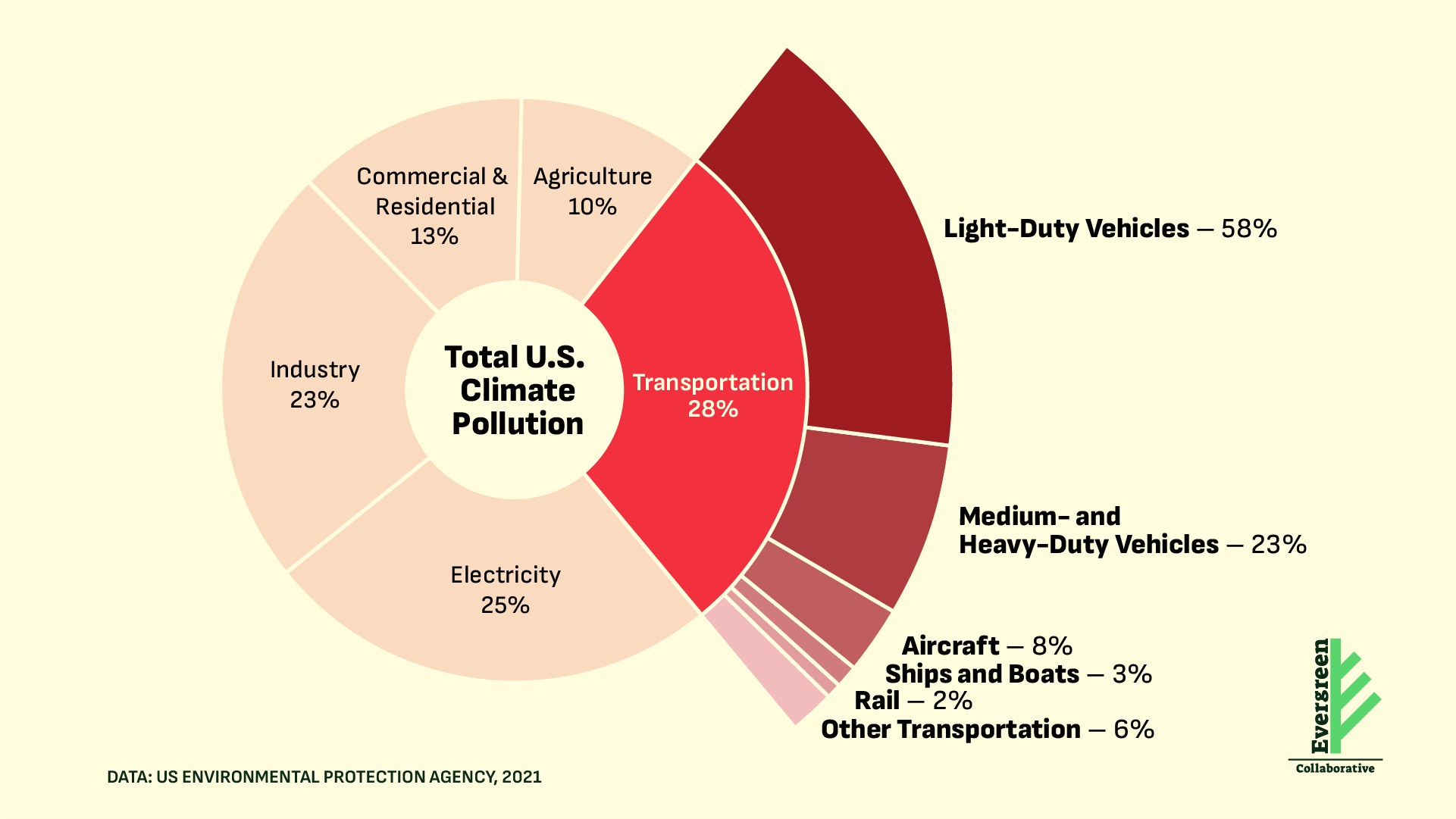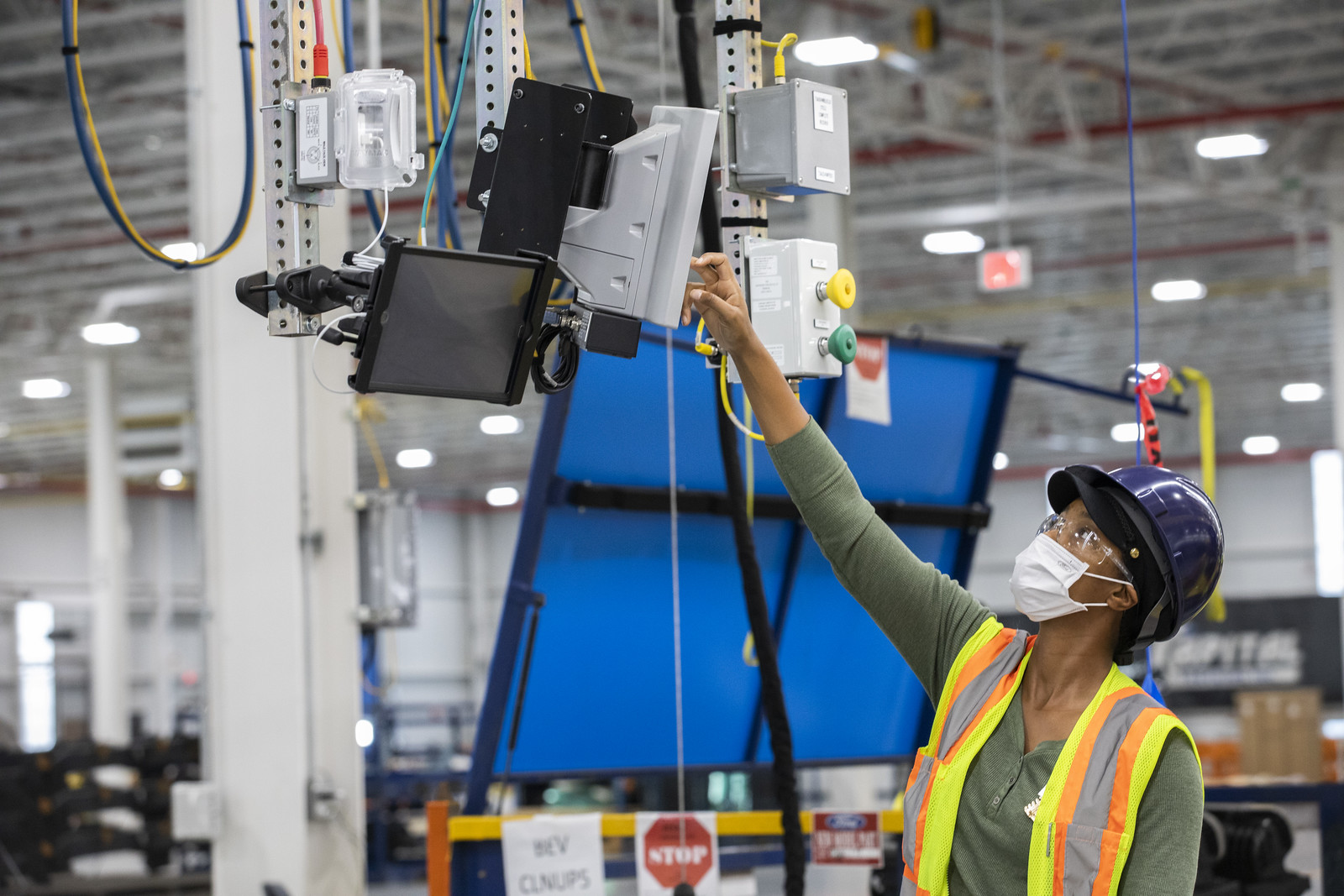What You Will Learn in This Guide
Updated July 29, 2024
This guide breaks down everything you need to know about the relationship between transportation pollution, climate, and health—and what we can do about it. You can use it to get a brief overview of what’s happening or dive deeper into any of the explainers. Click on the links below to navigate between different sections.
- Why Cutting Transportation Pollution Matters
- How We Cut Pollution from Cars, Small Trucks, and SUVs
- How We Cut Pollution from Large Trucks, Buses, and Trains
- How We Build Charging Infrastructure for Electric Trucks
- How We Transform Our Entire Transportation System
- Why the Future of the Auto Industry Will Be Unionized
- How We Make Trains a Climate Solution
- How We Cut Transportation Pollution Disproportionately Impacting Communities of Color
- How States Can Cut Transportation Pollution and Create Jobs
- How to Stay in the Loop
Why Does Cutting Transportation Pollution Matter?
Transportation is the most polluting sector in the U.S. Decarbonizing the cars, trucks, and trains we rely on is our opportunity to ensure we build the future of the American auto industry while cleaning up our air, improving public health, and tackling the climate crisis.












